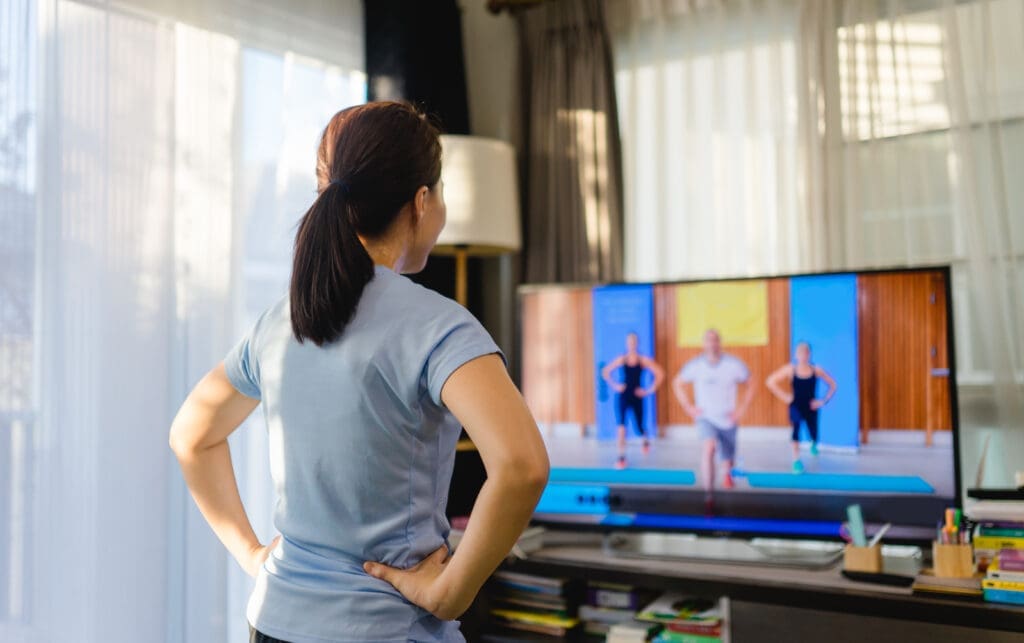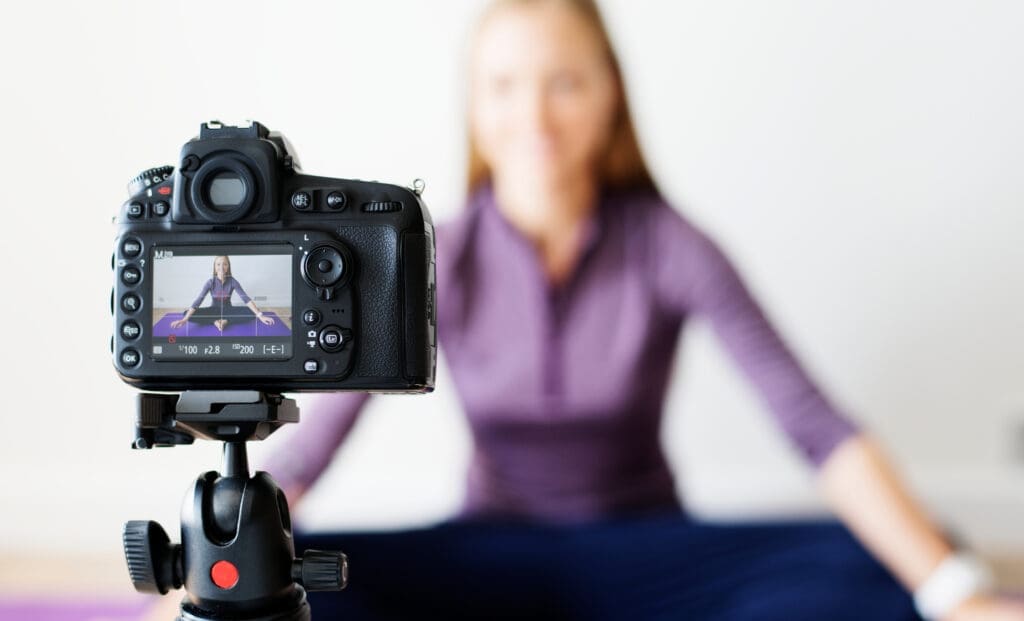Maximizing Local SEO for Fitness Businesses: A Comprehensive Checklist

Running a fitness business is challenging enough without having to worry about your online presence. But with more and more people turning to the internet to find workout options in their area, local SEO has become an essential part of any fitness business’s marketing strategy. Whether you’re a gym owner, personal trainer, or yoga instructor, this checklist will help you optimize your website and online listings to attract more local customers.
Claim your Google My Business listing
One of the first steps to improving your local SEO is to claim your Google My Business listing. This will allow you to control the information that appears when people search for your business on Google Maps or in the local pack. Make sure to fill out all the information, including your business hours, contact information, and photos.
Optimize your website for local keywords
Include keywords related to your location and services on your website. For example, if you’re a yoga studio in Los Angeles, make sure to include “yoga studio Los Angeles” in your website’s titles, headers, and content. This will help Google understand that your business is relevant to people searching for yoga in Los Angeles.
Build local backlinks
Backlinks are links to your website from other websites. The more relevant and high-quality backlinks you have, the more likely it is that your website will rank well in search results. Reach out to other local businesses and see if they’d be willing to link to your website. This can be as simple as asking them to add a link to their website or blog.
Use schema markup
Schema markup is a way to provide additional information to search engines about your business. It can include things like your business hours, reviews, and contact information. Adding schema markup to your website can help it appear more prominently in search results and help customers find the information they’re looking for more easily.
Utilize a fitness scheduling app
A fitness scheduling app can help you manage your business more efficiently and provide a better experience for your customers. You can easily handle bookings and class schedules, which can reduce the workload for your staff. It also provides an easy way for customers to book classes, giving them more flexibility in their schedules.
Create local content
Creating local content that is relevant to your customers and their interests can help improve your local SEO. This could include blog posts about local events, interviews with local fitness experts, or even a series of workout videos shot at local landmarks. By creating content that is specific to your location and target audience, you’ll be more likely to attract and engage local customers.

Encourage customer reviews
Positive customer reviews can help improve your local SEO and credibility with potential customers. Encourage your satisfied customers to leave reviews on your Google My Business listing, Yelp, or other review sites. Be sure to respond to any negative reviews in a timely and professional manner.
Use social media to connect with local customers
Having a strong social media presence can help you connect with local customers and improve your local SEO. Use platforms like Facebook, Instagram, and Twitter to share updates about your business, promote local events, and showcase your services.
Optimize your website for mobile devices
More and more people are using their mobile devices to search for local businesses. Make sure your website is optimized for mobile devices, so that it loads quickly and is easy to navigate. This will help improve your local SEO and provide a better experience for mobile users.
Get listed in local directories
Getting listed in local directories can help improve your local SEO by providing more opportunities for customers to find your business. Try to get listed in directories such as Yelp, Yellow Pages, and local business associations.
Use Google Analytics to track your progress
Google Analytics can help you track your website’s performance and identify areas for improvement. Use it to track your website’s traffic, bounce rate, and conversion rate. By understanding your website’s performance, you’ll be better equipped to make changes that will help improve your local SEO.
Optimize your images
Images can help attract customers to your website and improve your local SEO. Make sure all images on your website are properly optimized, with descriptive file names and alt tags. This will help search engines understand what the images are about and improve your website’s visibility in search results.

Use Local SEO plugin
Make use of the Local SEO plugin for your website, this will help you to optimize your website for local SEO and also it will help you to provide more information about your business to the search engine and also it will help you to improve your website’s visibility in search results.
Use Google Posts
Google Posts is a feature that allows you to share updates and promotions directly on your Google My Business listing. This can help improve your visibility in search results and provide a better experience for customers who are searching for your business on Google. Use Google Posts to share updates about your services, upcoming events, and special promotions.
Optimize your website’s load time
Website load time is an important factor that can affect your local SEO. A slow-loading website can negatively impact your search engine rankings and discourage customers from visiting your site. Optimize your website’s load time by compressing images, minifying code, and using a content delivery network (CDN). This will help improve your website’s performance and provide a better experience for customers.
By following these steps, you’ll be well on your way to maximizing your local SEO and growing your fitness business. Remember to create local content, using a fitness scheduling app, encourage customer reviews, use social media to connect with local customers, optimize your website for mobile devices, get listed in local directories, use Google Analytics to track your progress, optimize your images, use Local SEO plugin, Use Google Posts and optimize your website’s load time. By taking these steps, you’ll be able to improve your online presence and attract more local customers.



